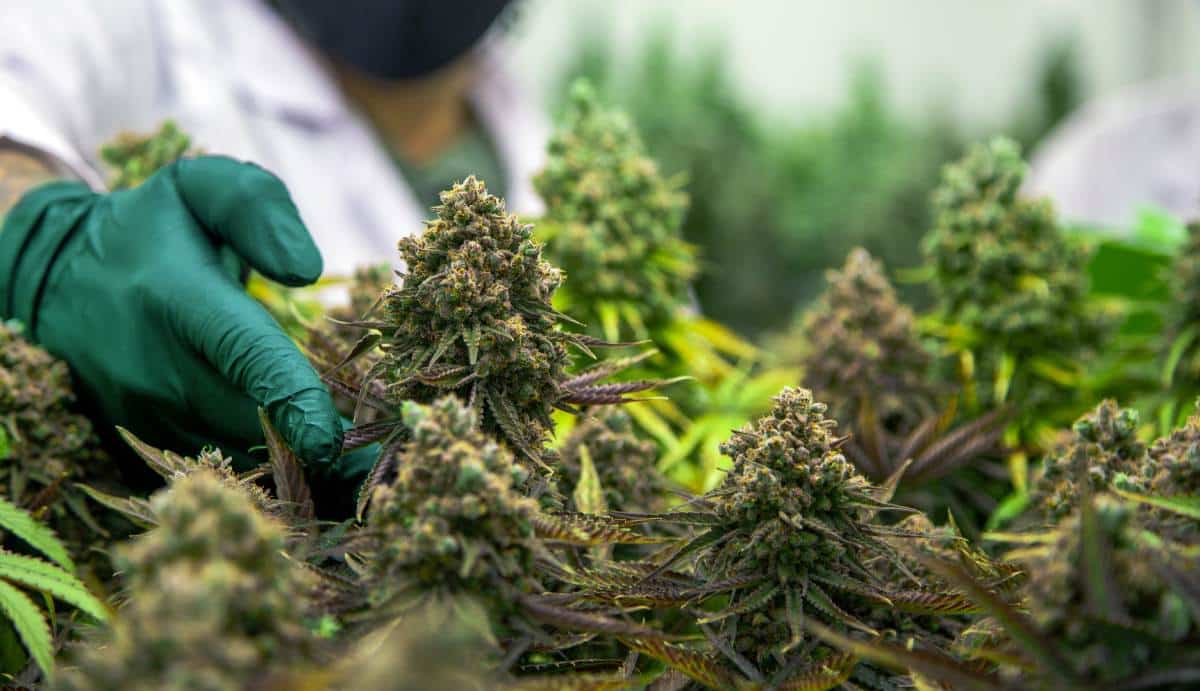SHOP SMOKING
OUR ONLINE SHOP HAS ARRIVED
DISCOVER OUR SWEATSHIRTS, T-SHIRTS WITH EXCLUSIVE DESIGNS AND MUCH MORE
SHOP SMOKING
OUR ONLINE SHOP HAS ARRIVED
DISCOVER OUR SWEATSHIRTS, T-SHIRTS WITH EXCLUSIVE DESIGNS AND MUCH MORE

Overfertilization consists of an excess in the application of nutrients used on the crop, which in turn causes the proliferation of toxic salts accumulated in the substrate. This actually blocks nutrient absorption, affecting its growth and even putting it at risk of dying.
In the same way that when choosing your cannabis paraphernalia you look at all the details so that you do not miss anything, fertilization also requires paying attention to all its aspects, especially the type of fertilizer applied and the exact amount used.
In addition, we can identify signs of fertilization and apply a root wash to try to save the plant, so that it continues with its normal growth process and without further incidents.
Overfertilization can occur with very different symptoms depending on the excess nutrients you suffer. We also distinguish signs of general and nutrient overfertilization.
Among the general signs of overfertilization the most common are the following:
Overfertilization can occur at any time in the development of the plant. In most cases it is due to an excess of nitrogen applied during the early stages of growth. But it can also occur during flowering, although in these cases it is usually due to other nutrients such as potassium or phosphorus.
Each excess nutrient has different symptoms. These are the most common:
In order to solve a problem of overfertilization we must apply a root wash. Before, obviously, we must stop applying the fertilizer we are using.
The steps on how to do a root wash for overfertilization issue are as follows:
The monitoring of our plants is essential throughout the growth stage. At the slightest symptom, you must discover what is the possible problem they may be suffering and act accordingly, until the plants have developed in their entirety.
